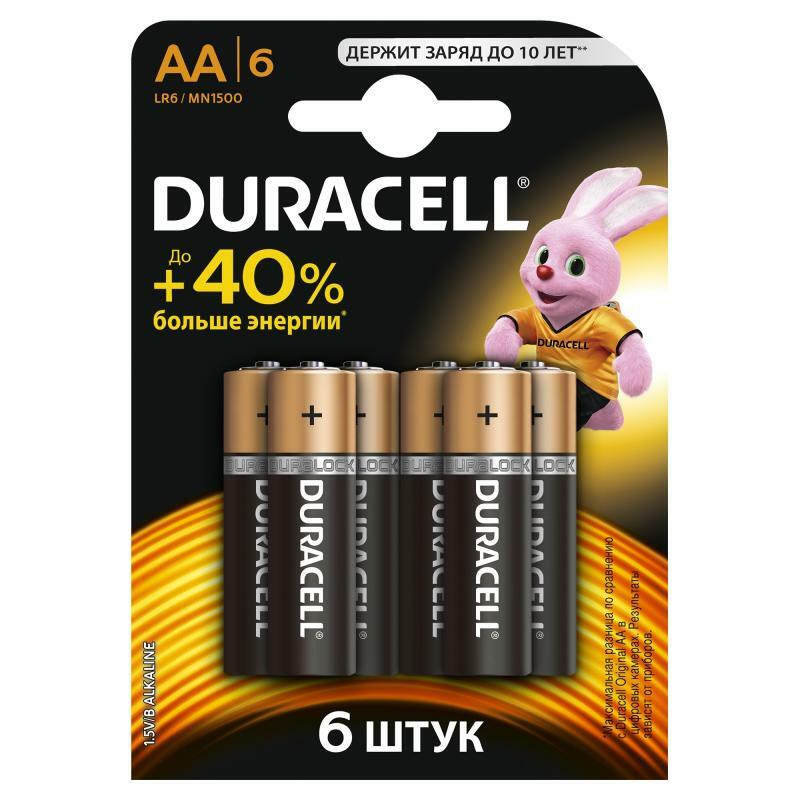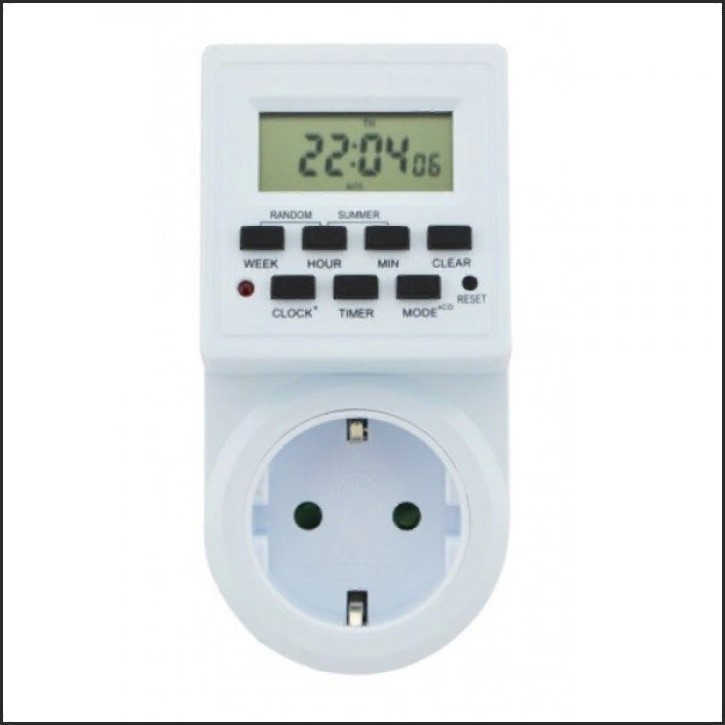The development of modern technologies has given us a huge variety of devices. Most of them require a constant source of electricity to operate. In many cases, this function is performed by small power cells - batteries.
Alkaline power sources are especially popular. At the same time, few people are familiar with the history of their appearance, the main characteristics and features.
History of alkaline batteries
The content of the article
- History of alkaline batteries
- Alkaline battery composition and structure
- Characteristics of alkaline batteries
- Battery types
- Advantages and Disadvantages of Alkaline Batteries
- Scope of use
The first alkaline battery appeared at the beginning of the 20th century. This was done by two American inventors - Thomas Edison and Voldemar Janger.
Duracell has taken over as the main supplier of alkaline power sources to the electrical market. At the beginning of the twentieth century, portable radio devices were actively developing, they quickly gained popularity. Therefore, there is a high need for small batteries.
Alkaline batteries did an excellent job with their assigned function. Indeed, in comparison with other power sources, they were small in size, hermetically sealed, and had high energy consumption.
They have established themselves as a reliable and uninterrupted power source, so they do not lose their popularity today.
Reference. The second name for alkaline batteries is alkaline.
Alkaline battery composition and structure
Knowing the design of the current source, you can find out the principle of operation of the device. So, electric current is generated here using the anode and cathode. The latter consists of elements:
- manganese dioxide;
- special binders;
- acetylene black or graphite;
- alkaline potassium hydroxide solution.
Some cells use sodium or lithium solutions instead of potassium hydroxide. To give a thicker consistency, special natural or synthetic substances are added to the electrolytes.
The anode is made of zinc coated with an anti-corrosion coating. Previously, mercury or lead was used for this. Modern batteries contain less harmful substances such as aluminum.

The design of alkaline batteries is not much different from salt ones, only all the elements here are located in other places:
- The entire inside of the batteries is filled with zinc paste. Zinc itself is in a powdery state. Thanks to this, a large area of interaction of elements is achieved. Therefore, these batteries can "boast" of high energy consumption compared to salt ones.
- Zinc is thickened with a special composition. In doing so, it generates a negative charge, which is removed by the brass rod.
- Manganese dioxide is mixed with acetylene black or other carbon component. It is separated from the anode by means of a separator.
- A steel glass covered with nickel is responsible for the output of the positive charge.
- To prevent possible shorting of components, the sheath is insulated from the anode.
- A negative charge is removed using a steel plate.
- The design includes a gasket. It is necessary for the removal of gases formed during a chemical reaction. It should be added that, compared to salt batteries, less gases are produced here.
- The gas chamber and membrane are responsible for safety. They protect against explosion by collecting the resulting gases. If the pressure exceeds the permissible limits, the membrane will burst and the electrolyte will leak out.
Characteristics of alkaline batteries
The main parameters of alkaline batteries are:
- Charge capacity. Depending on the type, it varies from 1500 to 3000 mAh.
- Voltage. The batteries are capable of delivering voltages from 1.5 to 9 V.
These are the main parameters that you need to pay attention to before buying.
In addition, they are able to function in all weather conditions. The permissible operating and storage temperature range is from minus 20 to + 50 degrees C. Products from some manufacturers are capable of fully functioning even under more severe conditions.
Battery types
It is sometimes difficult for an inexperienced user to understand the existing sizes, markings and classification of batteries. Complicating the selection process is the fact that each country uses its own type of marking, while batteries from different manufacturers are presented on the market - from Europe, Asia, North America, Russia.
The only thing that catches the eye first before buying is the shape of the product. So, there are the following options:
- Cylindrical. These include "finger", "little finger" and the so-called "barrels". They represent regular cylinders of various sizes. The diameter depends on the specific type of power source.
- Disk. They are popularly called "watch" or "pills". The name is explained by their appearance - they represent a flattened disc of various sizes.
There is also a letter designation that appeared in the United States. It is it that is widely used in most countries:
- AAA. "Little fingers". They are 44.5 mm high and 10.5 mm wide.
- AA. "Finger's". The height of the product is 50.5 mm, the width is 14.5 mm.
- WITH. "Hour" or "pill". This designates a medium-sized current source: 50x26.5 mm.
- D. Large "tablet" with dimensions of 61.5x34.2 mm.
- 1604D. People call it "crown". Its dimensions are 67x26x22 mm.

Dimensions may differ from standard by a couple of millimeters. This is due to the fact that some manufacturers enclose the power supplies in an additional capsule. It protects them from moisture penetration or gives them shockproof properties.
Advantages and Disadvantages of Alkaline Batteries
Like any other device, alkaline batteries have a number of pros and cons.
The pluses include:
- high energy consumption compared to salt power sources;
- versatility allows them to be used in various devices;
- low risk of deformation or formation of electrolyte leakage;
- low cost;
- wide range of sizes;
- low self-discharge;
- long service life and storage.
The disadvantages of the device are:
- high price;
- the need for proper disposal;
- tendency to self-discharge.
Scope of use
In everyday life, we are surrounded by a variety of devices, for the operation of which a current source is required. So, alkaline batteries can be found in the following devices:
- different clocks;
- kitchen scales;
- toys for children;
- various medical devices, such as blood pressure monitors or thermometers;
- medical devices: electric wheelchairs, various sensors, hearing aids;
- portable music speakers, radios;
- car remotes from the alarm.
Because each device has a number of unique characteristics, it requires batteries with the appropriate power rating. Therefore, when choosing a battery, you should pay attention to this characteristic. Several recommendations will help you choose a really high-quality current source:
- Pay attention to the expiration date of the device, as well as to the manufacturer.
- You should not buy batteries for future use, as they are prone to self-discharge.
- Buy well-known brands.
- Never dispose of worn-out devices in the trash can - take them to specialized collection points.
Alkaline batteries have become part of our life. They are widely used in a wide variety of devices. Despite the long history and simple design, the products have undergone only minor changes, while not losing popularity.
Subscribe to our Social Networks


